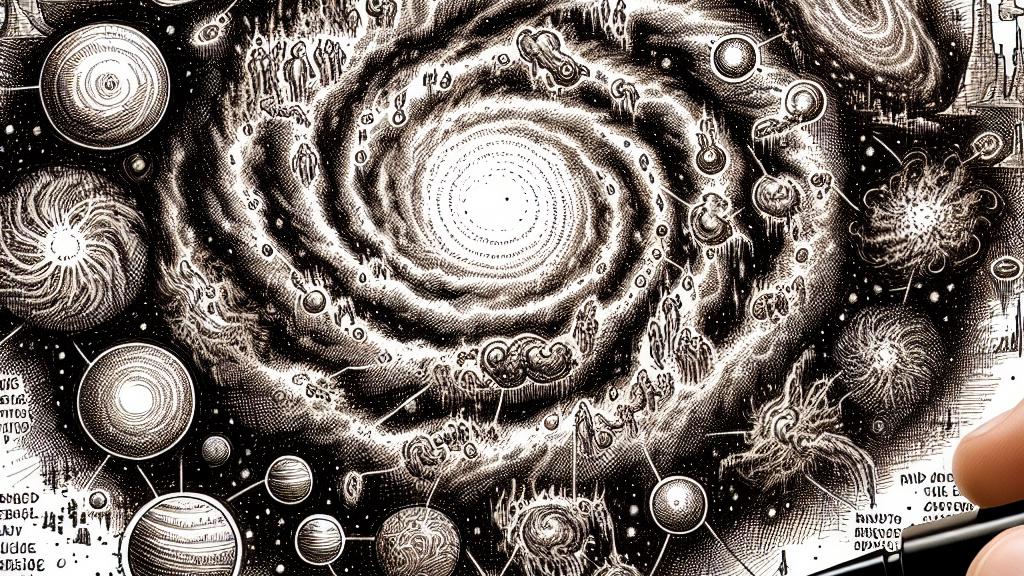Discovering How Galaxies Merge in a Nearby Cluster
Overview
- Astronomers harnessed advanced X-ray observations to explore the fascinating galaxy cluster PSZ2 G181.06+48.47.
- This cluster reveals exciting evidence of the intricate processes involved in galaxy mergers.
- The findings provide groundbreaking insights into galaxy evolution and the dynamics of star formation.

Understanding PSZ2 G181.06+48.47
In the vastness of our universe, galaxies lead a dynamic existence, frequently colliding and merging to form larger structures. A prime example of this ongoing cosmic drama is PSZ2 G181.06+48.47, a nearby low-mass galaxy cluster that has captured the attention of astronomers. Using powerful telescopes like NASA's Chandra and ESA's XMM-Newton, researchers have pieced together evidence that tells a story of complex intergalactic interactions. Imagine watching a team of dancers synchronize their movements in a lively performance—this analogy vividly illustrates how galaxies, like celestial partners, intertwine and reshape each other. As they engage in this thrilling cosmic embrace, they ignite new star formation, transforming gas and dust into vibrant stellar communities that breathe life into the universe.
The Science Behind Galaxy Mergers
Galaxy mergers are not just fascinating events; they are crucial to our understanding of how galaxies evolve over time. The ongoing merger within PSZ2 G181.06+48.47 serves as a brilliant showcase of this process. When two galaxies collide, they experience a flurry of gravitational interactions that dramatically revise their structures. Picture a wild cosmic pas de deux, where stars and gas are flung apart and reconfigured in a spectacular display. Previous studies have identified remarkable features within this cluster, such as double radio relics—impressive remnants of chaotic cosmic interactions that extend across vast distances. Recent findings reveal that these merging subclusters, while appearing distinct, are intricately linked, demonstrating the powerful gravitational forces at work. Such explorations grant us a front-row seat to witness how galaxies grow, migrate, and evolve, ultimately transforming our understanding of their life cycles.
Implications for Future Research
The insights gained from studying PSZ2 G181.06+48.47 extend beyond merely observing past events; they reshape our future in cosmological research. As astronomers dive deeper into this merging process, they unveil essential clues that challenge and enhance established theories of galaxy formation. Consider this: every novel discovery acts as a key piece in the intricate puzzle of cosmic evolution, shedding light on the intricate threads that weave the tapestry of our universe. As investigations continue, researchers may find that galaxy mergers occur at astonishing rates, compelling us to adjust our long-held beliefs about cosmic growth. Ultimately, this continual exploration not only enriches our knowledge but also revives our awe for the grand narrative of the cosmos and how we fit within its grand design.

Loading...